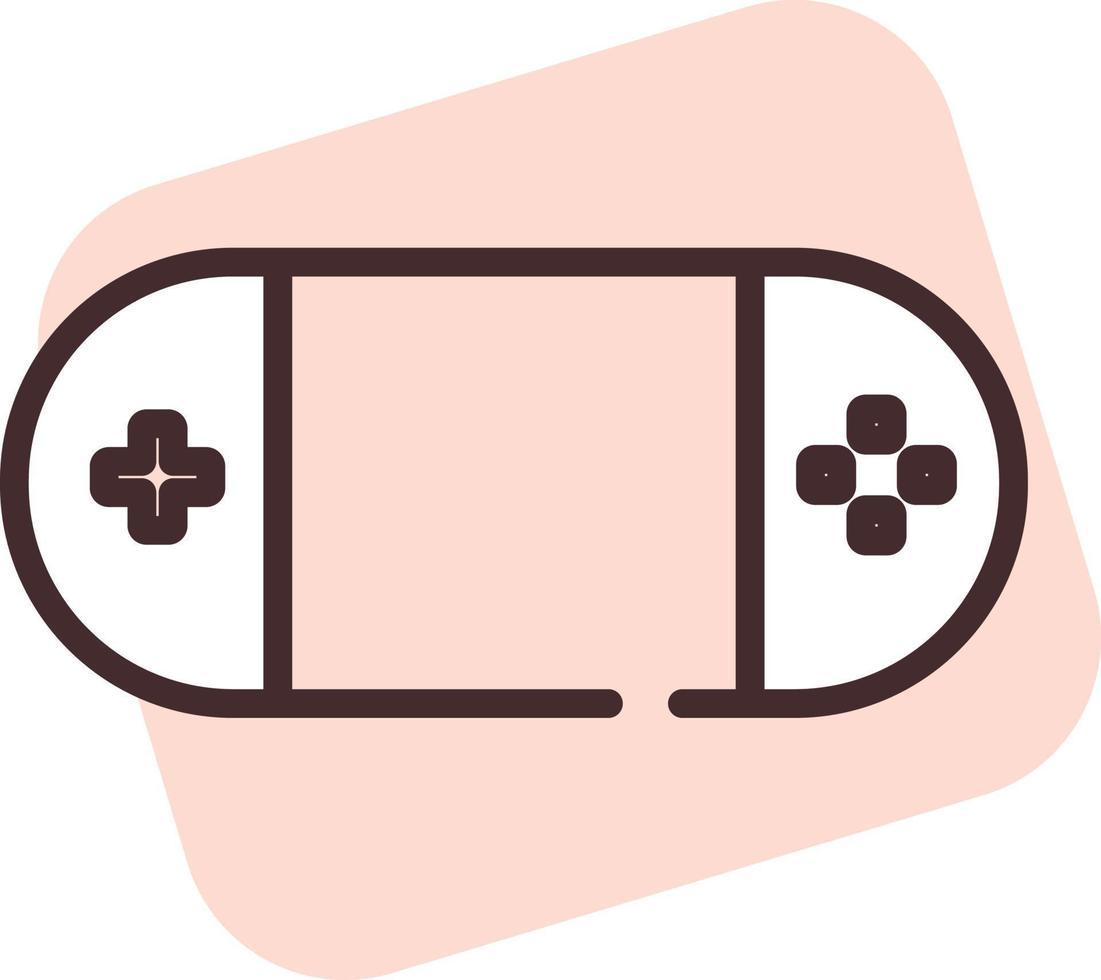-
Ροή Δημοσιεύσεων
- ΑΝΑΚΆΛΥΨΕ
-
Blogs
-
 FAQ
FAQ
Global X-Ray Sensor Market Set for Robust Growth with Rising Medical and Industrial Applications

The X-Ray Sensor Market is experiencing significant momentum as demand surges across medical imaging, industrial inspection, and security screening sectors. These advanced sensors enable precise imaging, faster diagnostics, and improved safety, making them indispensable in multiple industries. Market projections indicate strong expansion over the next decade, driven by technological advancements and increasing global healthcare needs.
The market is witnessing substantial adoption due to the rising prevalence of chronic illnesses, growing demand for minimally invasive procedures, and the need for improved diagnostic capabilities. Industrial applications, such as non-destructive testing in manufacturing and aerospace, further contribute to market growth. Additionally, increased investments in medical infrastructure are fostering higher procurement of advanced X-ray systems.
According to Research Intelo, the global X-ray sensor industry is set to record a healthy CAGR during the forecast period, with revenue reaching multi-billion-dollar levels by 2032. This growth is fueled by expanding healthcare access in emerging economies and the integration of digital imaging technologies for faster and more accurate results.
Request a Sample Report: https://researchintelo.com/request-sample/8118
Key Market Drivers
Several factors are propelling the growth of the global X-ray sensor industry:
-
Technological Advancements: Innovations in digital radiography, flat-panel detectors, and portable imaging devices are improving image quality and efficiency.
-
Healthcare Expansion: Rising global healthcare spending and improved diagnostic infrastructure in developing nations are accelerating adoption.
-
Industrial Applications: Increasing reliance on non-invasive inspection in automotive, aerospace, and manufacturing sectors is boosting demand.
-
Aging Population: Growing elderly demographics require more frequent medical imaging for preventive and diagnostic purposes.
These drivers collectively create a favorable environment for market expansion, with both developed and emerging markets contributing to demand.
Restraints Impacting Market Growth
Despite its strong potential, the X-ray sensor market faces certain limitations:
-
High Equipment Costs: The advanced technology behind these sensors increases procurement expenses, limiting access in cost-sensitive regions.
-
Radiation Concerns: Stringent regulations around radiation exposure can slow down new equipment approvals.
-
Maintenance and Upgrades: Frequent calibration and software updates add operational costs for end users.
Addressing these challenges through cost optimization, improved safety standards, and technological innovation will be crucial for sustained growth.
Opportunities in the X-Ray Sensor Market
The coming years present multiple opportunities for stakeholders:
-
Integration with AI: Artificial intelligence in imaging analysis can boost diagnostic speed and accuracy.
-
Portable Solutions: Demand for mobile and point-of-care X-ray devices is rising in remote and emergency settings.
-
Emerging Markets: Rapid healthcare infrastructure development in Asia-Pacific, Latin America, and Africa offers untapped potential.
-
Dental Imaging Growth: Increasing cosmetic dentistry trends and routine dental check-ups are expanding sensor usage in dental practices.
These trends highlight the importance of innovation, market diversification, and regional expansion strategies.
View Full Report: https://researchintelo.com/report/x-ray-sensor-market
Global Market Dynamics
The X-ray sensor market’s trajectory is shaped by a combination of macroeconomic factors, healthcare policy changes, and evolving industry requirements. In developed regions, the focus is on upgrading to digital and AI-enabled systems, while emerging markets emphasize affordability and accessibility.
Digital radiography has become the dominant imaging modality, replacing analog systems due to superior image resolution and reduced processing time. Additionally, wireless and compact sensors are seeing high adoption rates in field diagnostics and portable systems.
With the increasing adoption of Industry 4.0 practices, manufacturing sectors are integrating X-ray sensors into automated inspection lines, ensuring quality assurance and compliance with global standards.
Regional Insights
-
North America: Leads in adoption due to strong healthcare infrastructure, favorable reimbursement policies, and a focus on technological upgrades.
-
Europe: Benefits from stringent quality standards and significant investments in healthcare modernization.
-
Asia-Pacific: Exhibits the fastest growth due to rising medical tourism, government healthcare programs, and growing industrial sectors.
-
Latin America & Middle East: Gradual adoption driven by improved healthcare access and infrastructure expansion.
These regional dynamics indicate a diversified growth pattern, with emerging economies offering the highest potential for new entrants.
Enquire Before Buying: https://researchintelo.com/request-for-customization/8118
Market Trends to Watch
-
Shift Toward Flat-Panel Detectors: Replacing traditional image intensifiers for superior performance and reduced footprint.
-
AI-Powered Diagnostics: Automated image analysis is enhancing radiologist efficiency and accuracy.
-
Eco-Friendly Manufacturing: Sustainability in sensor production and reduced electronic waste are becoming priorities.
-
Wireless Connectivity: Streamlined data sharing between imaging devices and hospital information systems.
These trends are expected to redefine operational workflows and open new product development avenues for manufacturers.
Future Outlook
The X-ray sensor market is poised for sustained growth as technological evolution, rising healthcare demands, and expanding industrial applications converge. By 2032, digital sensors are expected to dominate market share, with AI integration becoming a standard feature in diagnostic imaging equipment.
Stakeholders should focus on innovation, regulatory compliance, and targeted market penetration strategies to maximize returns. Expanding into high-growth regions while maintaining quality and affordability will be key to success in this competitive landscape.
Conclusion
The global X-ray sensor market stands at a pivotal stage, with strong growth potential across healthcare, industrial, and security applications. Innovations in digital imaging, combined with expanding global healthcare access, are expected to fuel steady demand over the next decade. Companies aligning their strategies with emerging trends will be well-positioned to capitalize on market opportunities.
Check Out the Report: https://researchintelo.com/checkout/8118
- Art
- Causes
- Crafts
- Dance
- Drinks
- Film
- Fitness
- Food
- Παιχνίδια
- Gardening
- Health
- Κεντρική Σελίδα
- Literature
- Music
- Networking
- άλλο
- Party
- Religion
- Shopping
- Sports
- Theater
- Wellness
